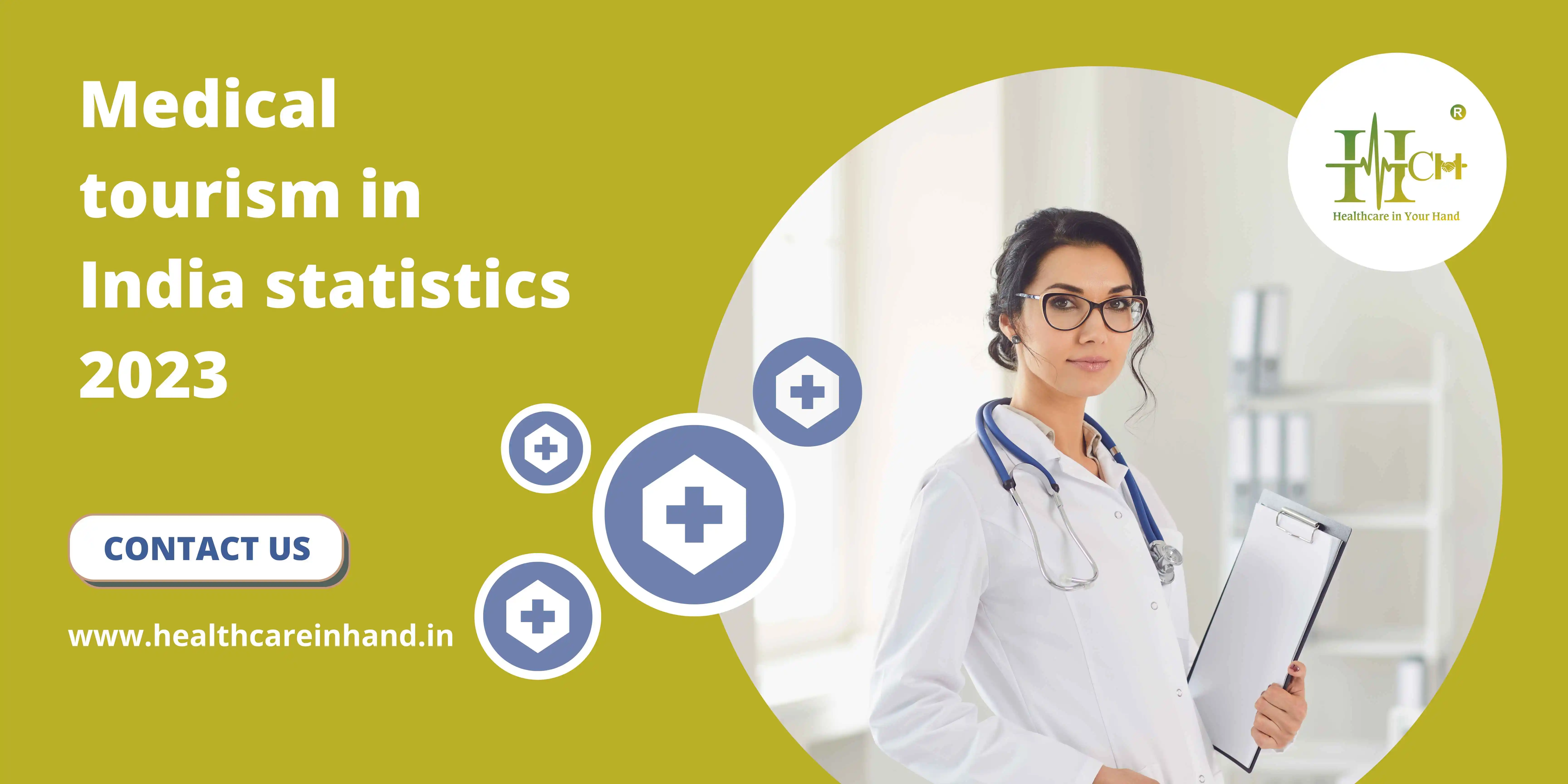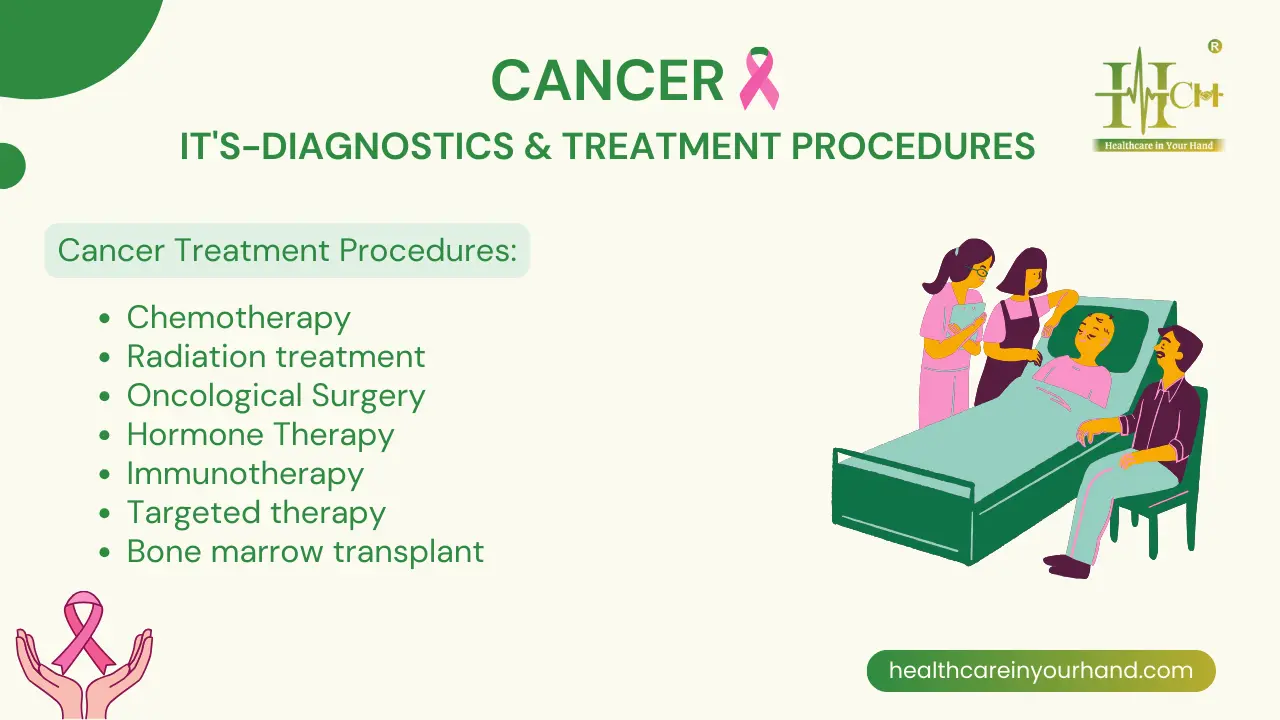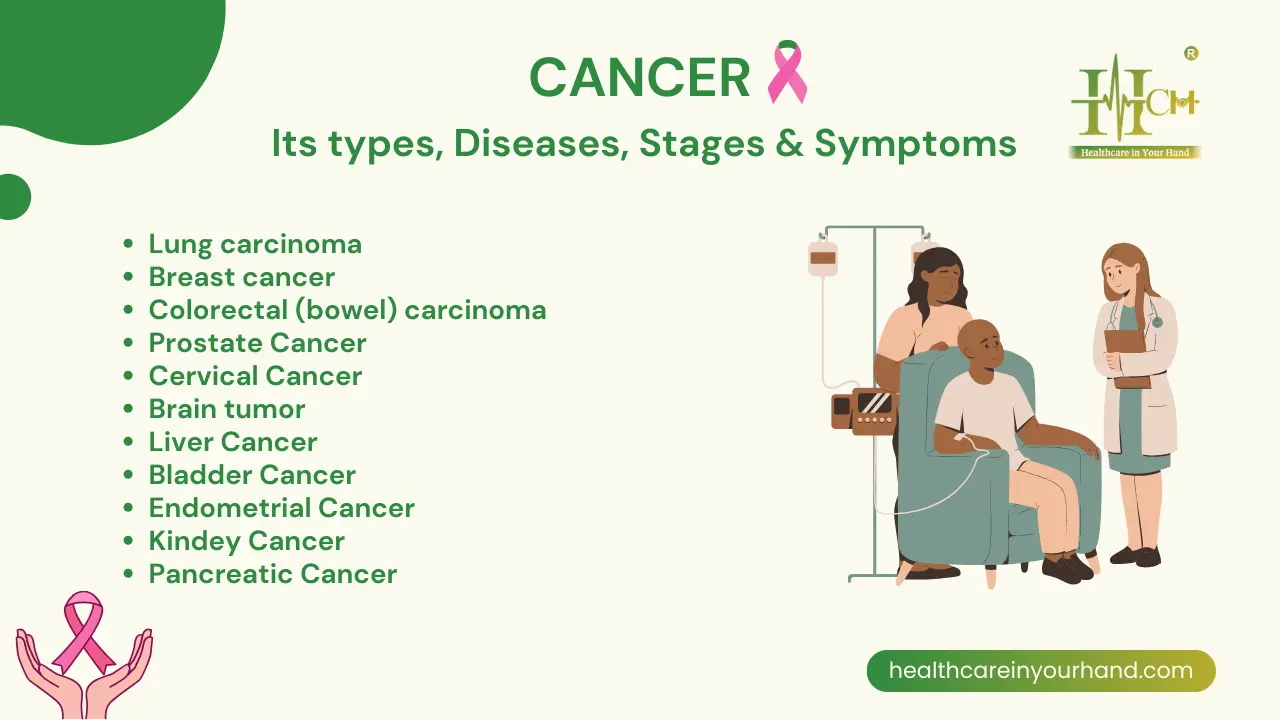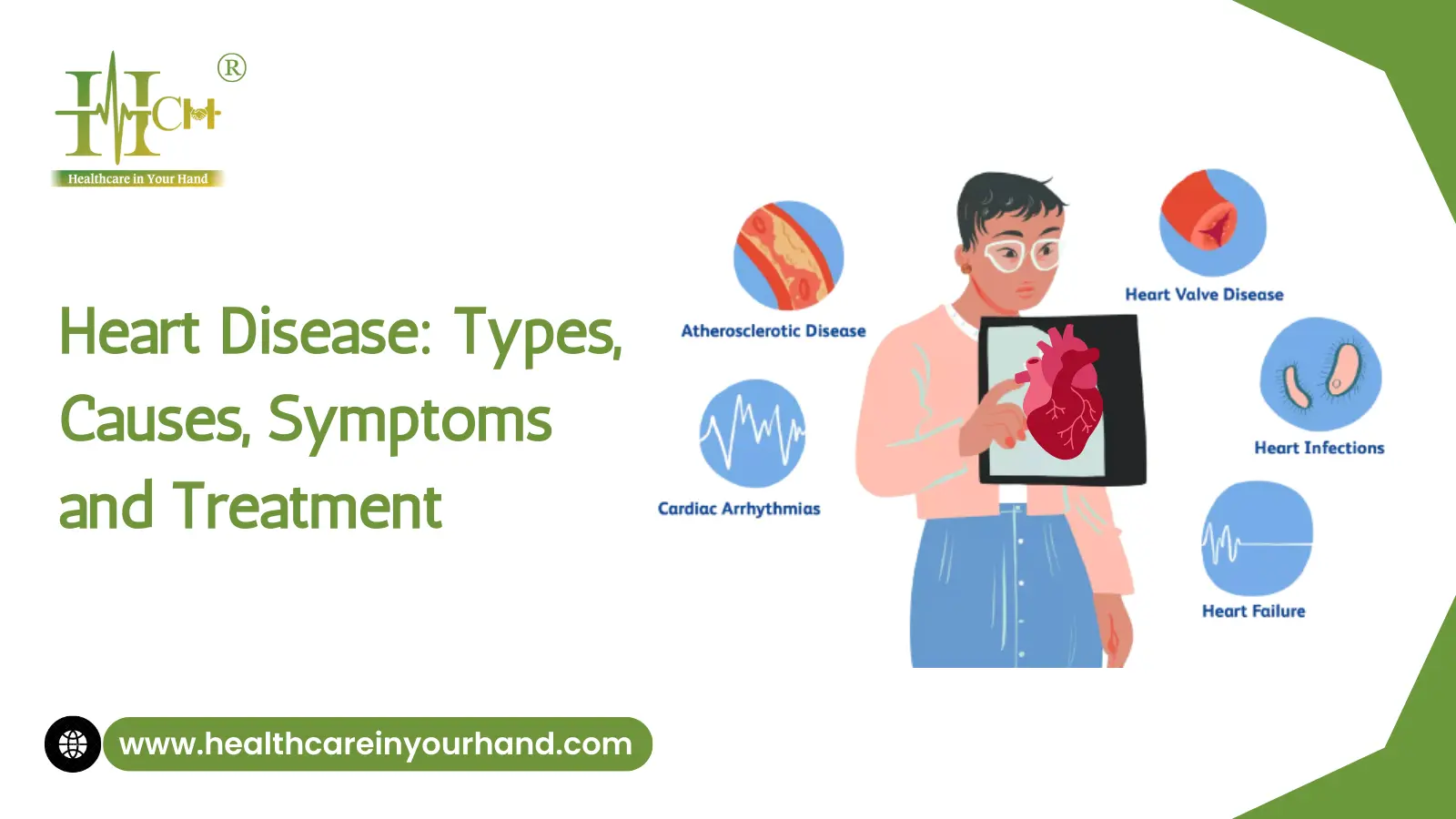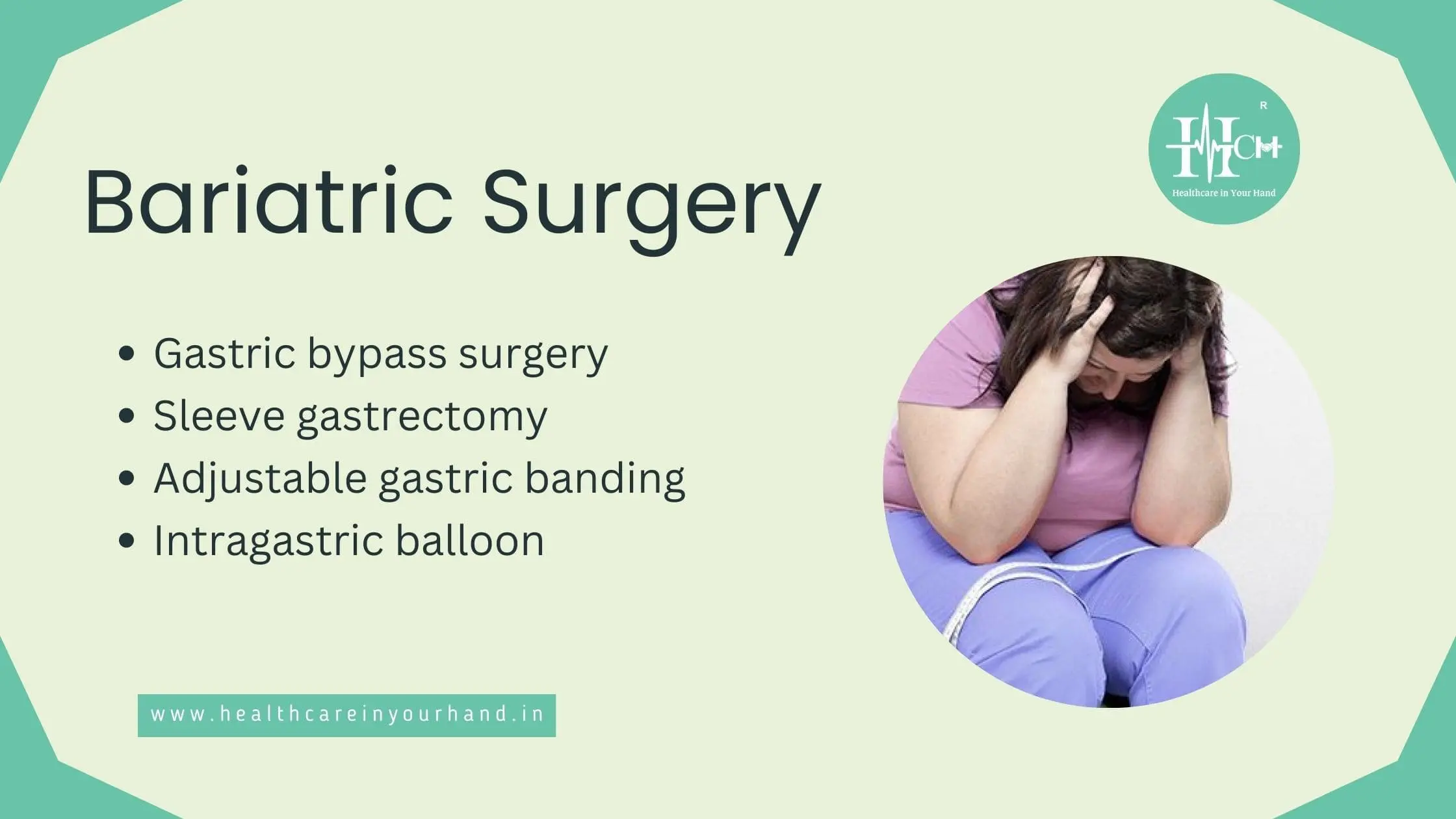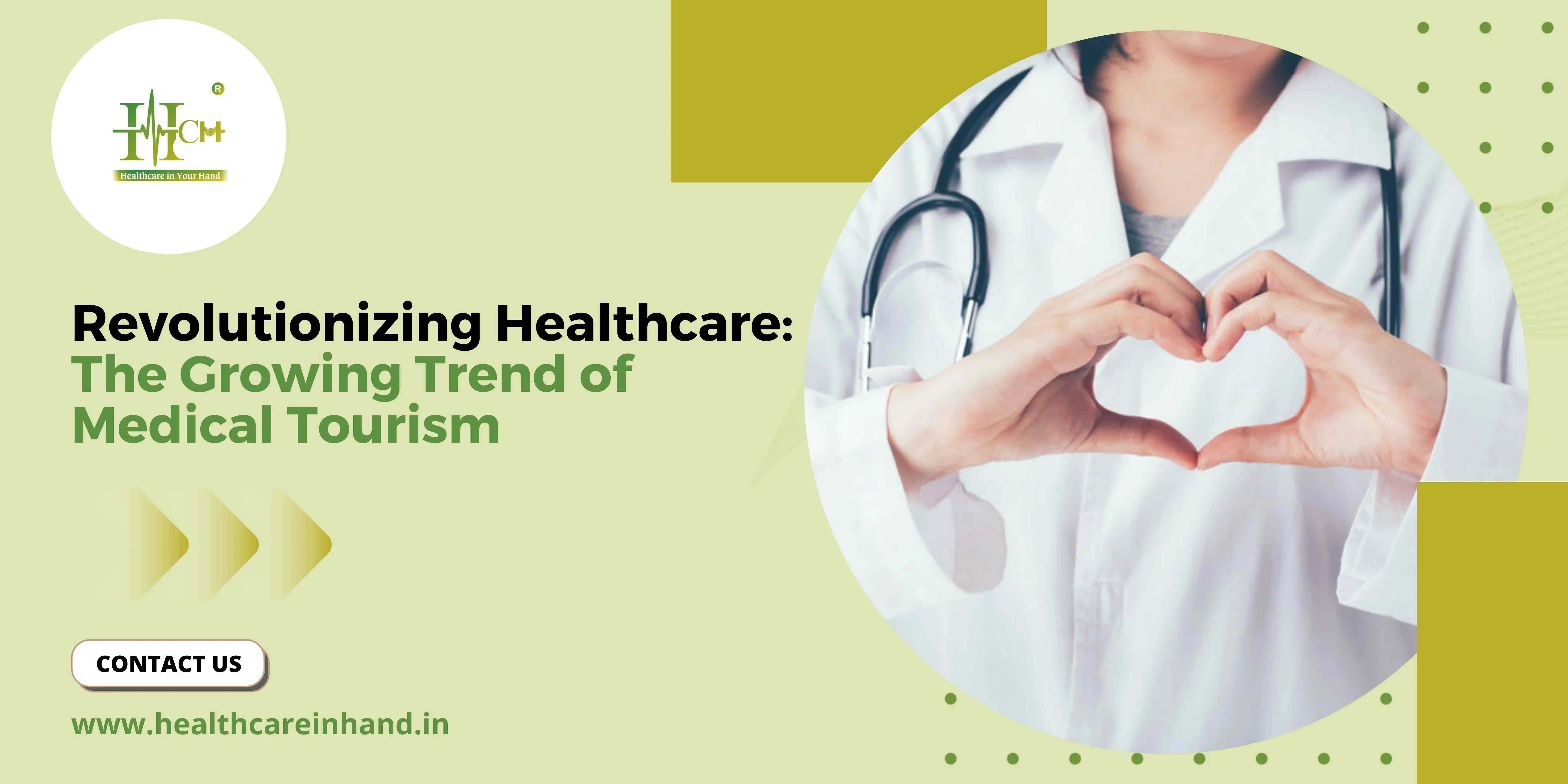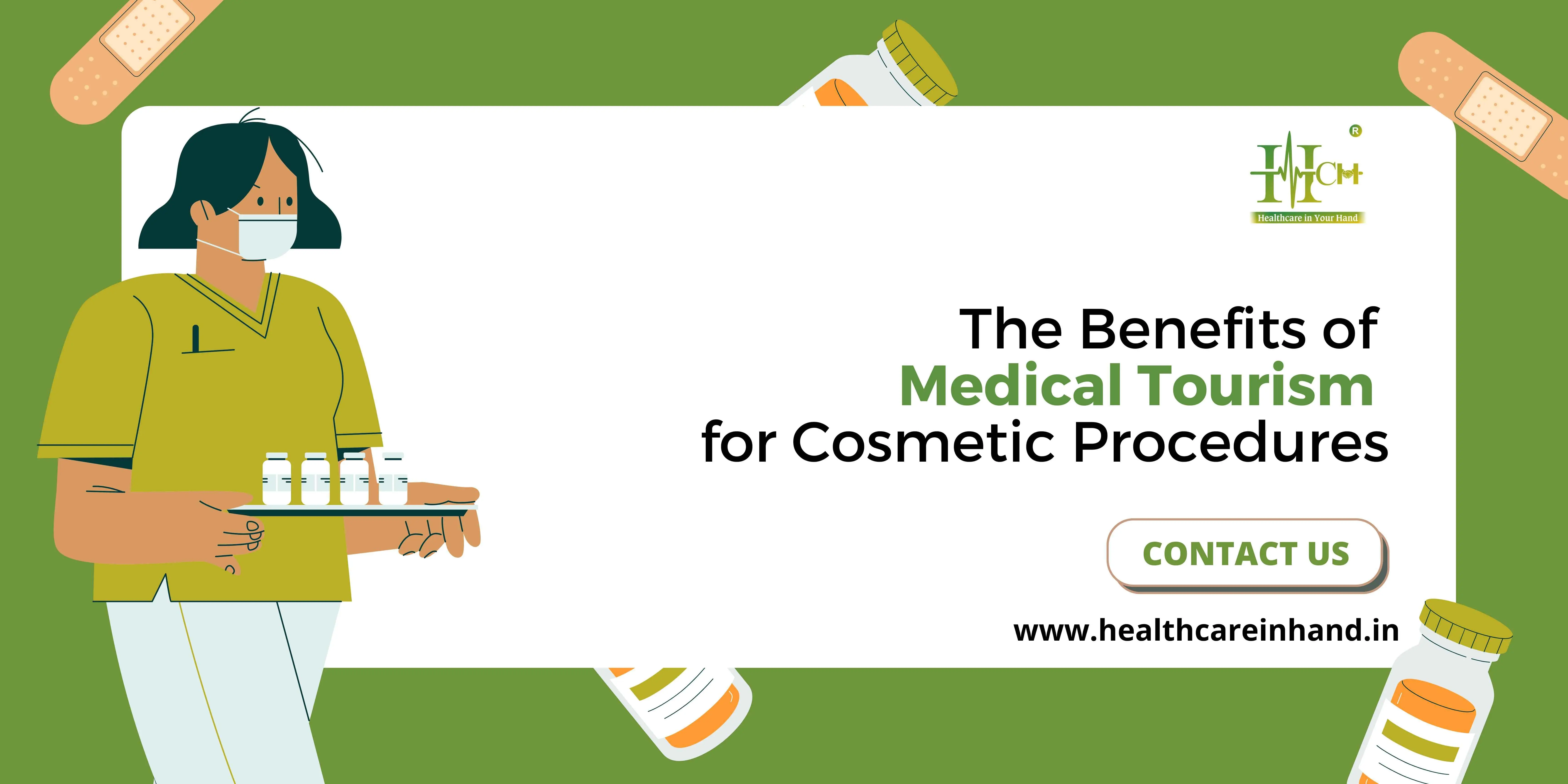Medical tourism in India statistics 2023
- 04 Apr, 2023
- 306
- Medical tourism
The term "medical tourism" describes
travel-related activities where a foreign tourist stays at least one night at
the destination in order to be rejuvenated, restored, or maintained in good
health. The affordability of care abroad, the provider's cultural background,
the shared language, and particular procedures unavailable in the patient's
home country are the main factors influencing people's decisions to travel for
medical treatment. Geographically and culturally diverse, India is a country
where great minds have changed both the country and how the rest of the world
views it. People travel to India from all over the world for a variety of
reasons.
India can offer affordable,
high-quality medical and health services. The following are some of India's
primary advantages:
• India is home to some of the best medical
experts in every sector, including Alternative therapists.
• The treatment's price is considerably lower
than that in the source markets.
• There are no waiting periods for any of the
many medical procedures; modern medical facilities, reasonably priced
accommodation
• Health care providers and, most importantly,
governmental regulations Eastern Healthcare Wisdom coupled with the knowledge
of Western Medicine.
• Growing appeal of India as a tourist
destination in the West.
Others travel for commercial purposes, but the
majority travel for leisure and medical care. About 88 percent of all foreign
patients visiting India come from Bangladesh, Iraq, Maldives, Afghanistan,
Oman, Yemen, Sudan, Kenya, Nigeria, and Tanzania, with Bangladesh accounting
for 54% of them on its own.
With its world-class hospital infrastructure,
highly sophisticated medical equipment, expert skills, compliance with
international quality standards, and lower cost compared to many other nations,
India is one of the global leaders in health care. India is one of the most popular
locations for international patients because of its low cost of care, plenty of
highly qualified English-speaking physicians, and cutting-edge diagnostic
tools, among other factors. For plastic surgery, organ transplant procedures,
cancer therapy, and other procedures, patients from all over the world travel
to India. India can offer cost reductions of up to 65-90 percent, which is
considerable for patients compared to the United States, Australia, Singapore,
or the United Kingdom. The most popular Medical Value Travel or MVT
destinations in India are Chennai, Mumbai, Delhi, Bengaluru, and Kolkata. For
patients from low- and middle-income (LMIC) nations like Bangladesh,
Afghanistan, Nepal, Myanmar, Bhutan, Pakistan, and Nigeria who are
price-sensitive, Kolkata is essential.
A total of 2 million people from 78 different nations travel to
India each year for medical, wellness, and IVF procedures, bringing in $6
billion for the industry, which is anticipated to reach INR 2,670.37 billion by
2027, growing at a CAGR of 34.92% between 2023 and 2027. India is ranked 10th
overall out of 46 locations in the MTA's Medical Tourism Index (MIT), 12th out
of 20 wellness tourism markets, and 5th in the APAC wellness tourism market.
According to Ayush Minister SarbanandaSonowal, India is working on
boosting Ayush treatment, which includes indigenous medicine and related
treatment modalities. The Ayush Ministry was established in 2014 and is in
charge of fostering traditional medical systems in India through research,
education, and dissemination. The
medicinal systems practiced in India, including Ayurveda, Yoga, Panchakarma,
Rejuvenation Therapy, etc., are some of the oldest in the world. For foreign visitors to India seeking treatment using Ayush
methods, the government has been working to promote traditional medicines. To collaborate on the development of MVT in Ayurveda and other
conventional systems of medicine, the Ayush Ministry and the India Tourism
Development Corporation (ITDC) of the tourism ministry inked a memorandum of
understanding earlier this year. Due to a combination of factors, including
pent-up demand, the rising expense of healthcare in the West due to inflation,
and the Russia-Ukraine war, MVT is predicted to experience a significant
increase in India in 2023. Additionally, MVT in the wellness sector, which has
recovered since the Covid-19 pandemic, is anticipated to be fuelled by
government measures under the "Heal in India" scheme, including the
accreditation of Ayush centers and the introduction of Ayush e-visa. Also, 40
healthcare facilities with Joint Commission International (JCI) accreditation
and 1400 hospitals with NABH accreditation, which offer high-quality care,
underpin India's MVT industry. Although there is a need to address healthcare
infrastructure generally, MVT accounts for roughly 10% of the revenues of many
large hospital chains and may increase to 12% to 15% in the next years. Since
India is one of the most popular MVT destinations, more policy support is
required to promote MVT in India and grow MVT as an organized industry.
India is one of the top worldwide destinations for people seeking
sophisticated medical care, with MVT worth USD 5–6 billion and 500000
international patients each year. More than 560 million medical tourists spent
16.3 billion USD in India in 2016. Among the Asia Pacific nations that give
health a priority, it comes in third. With an emphasis on the curative
components of healthcare and the use of traditional medicine, wellness,
Ayurveda, yoga, and wellness, the Indian economy might grow by an additional $9
billion by 2026. After the COVID setback in 2020, it is predicted that India's
medical tourism will exceed USD 13 billion. The Union Government has begun the
"Heal in India" campaign to promote Indian medical infrastructure and
services abroad, with objectives to standardize procedures and treatment plans
for overseas nationals. Over the
projection period of 2021–2028, the global MVT market is anticipated to expand
from $13.98 billion in 2021 to $53.51 billion in 2028, at a CAGR of 21.1
percent. The Medical Tourism Association (MTA) estimates that approximately 14
million people worldwide travel abroad each year for medical care. India is
undoubtedly ready to take a bigger piece of the MVT action. Data from the
Indian Institute of Public Administration (IIPA) show that 6,97,453 medical
tourists received treatment in India in 2019 alone, and by 2023, India is
predicted to hold 6% of the worldwide MVT market share.
With the "Heal in India" program
to support MVT with a "One Step" site for the convenience and ease of
credible information for overseas patients, the government is going in that direction.
With the introduction of medical visas, also known as "Ayush Visas,"
the site provides a variety of services to international patients, including
simple airport coordination, access to the patient's documentation, answering
questions, etc. It is anticipated that these facilities will increase the flow
of foreign patients. A thorough National
Strategy for Medical Value Travel and Wellness Tourism has been established to boost the development of MVT and wellness tourism in India and preserve
the nation's competitive advantage. 37 hospitals, including 30 in the
commercial sector, have been recognized as part of the Heal in India project
for encouraging medical value travel throughout 17 cities and 12 states.
